39. 40.
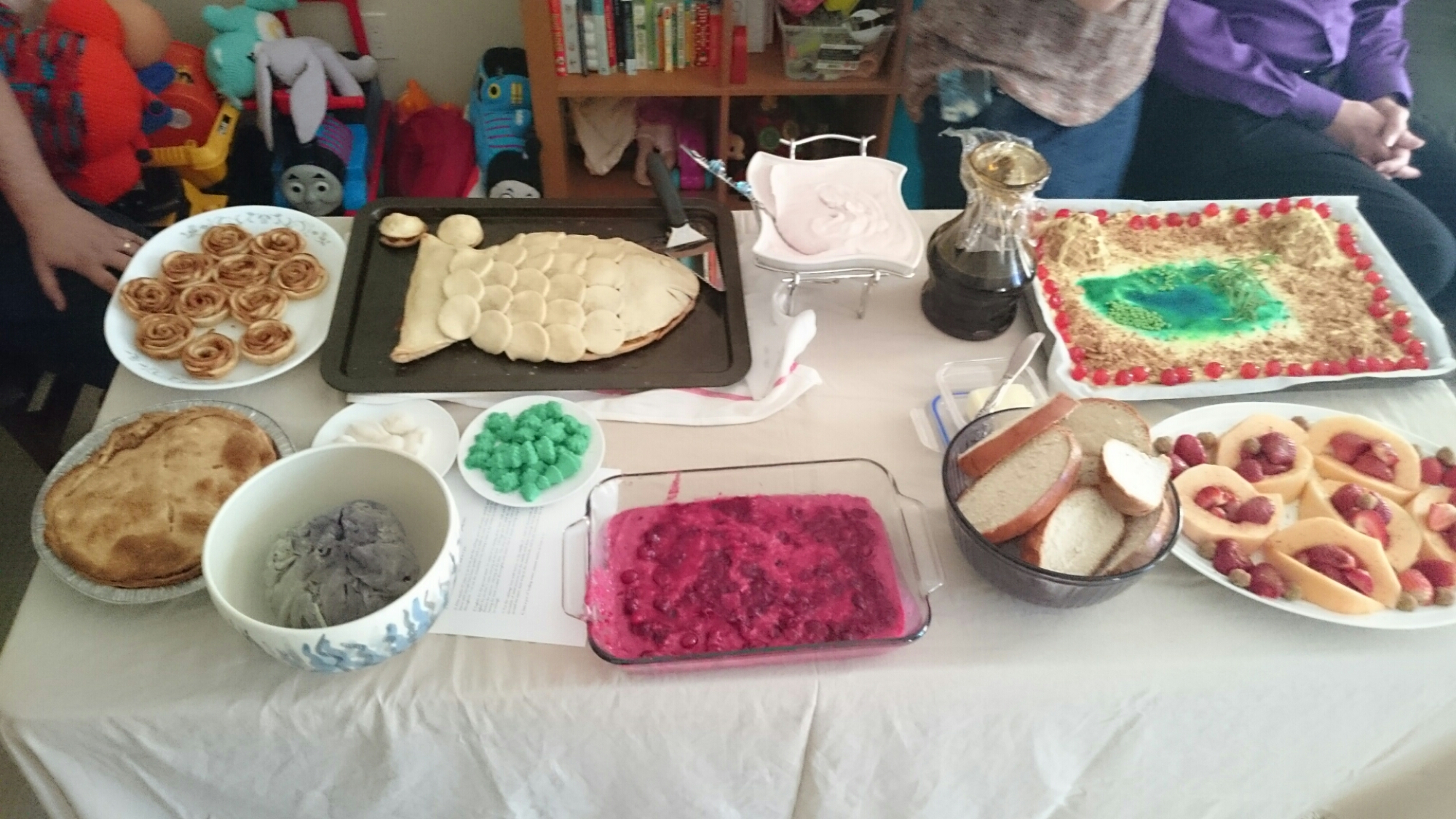
Montengarde Culinary Group’s April theme is April Fools. My wife (Kayleigh de Leis) is cooking for it this month and she asked me to find the apple pie in the shape of a fish recipe we had been meaning to make for so long.
For this we’re going to the Netherlands via Gent KANTL 15 also known as Nyeuwen Coock Boeck from 1560. Many thanks to Christianne Muusers the person behind Coquinaria for translating the recipe.
1.63. To make stuffing for formed fish when it is not Lent
For four ground apples, take two or three raw eggs, two ground cooked eggs, a small handfull of ground almonds and some melted butter. Take spices, sugar and a little saffron as follows. With this stuff the formed fish and then colour it and let it bake in the oven for about half an hour.
1.64. To make formed fish during lent and also calf ears
Crush in a mortar five or six apples, peeled and cored. Add sugar, ginger and cinnamon, and add some pound almonds or toasted gingerbread with some saffron. Bake this in oil. Or make a big fish: bake this in the oven, painted and with some holes in it.
(more…)
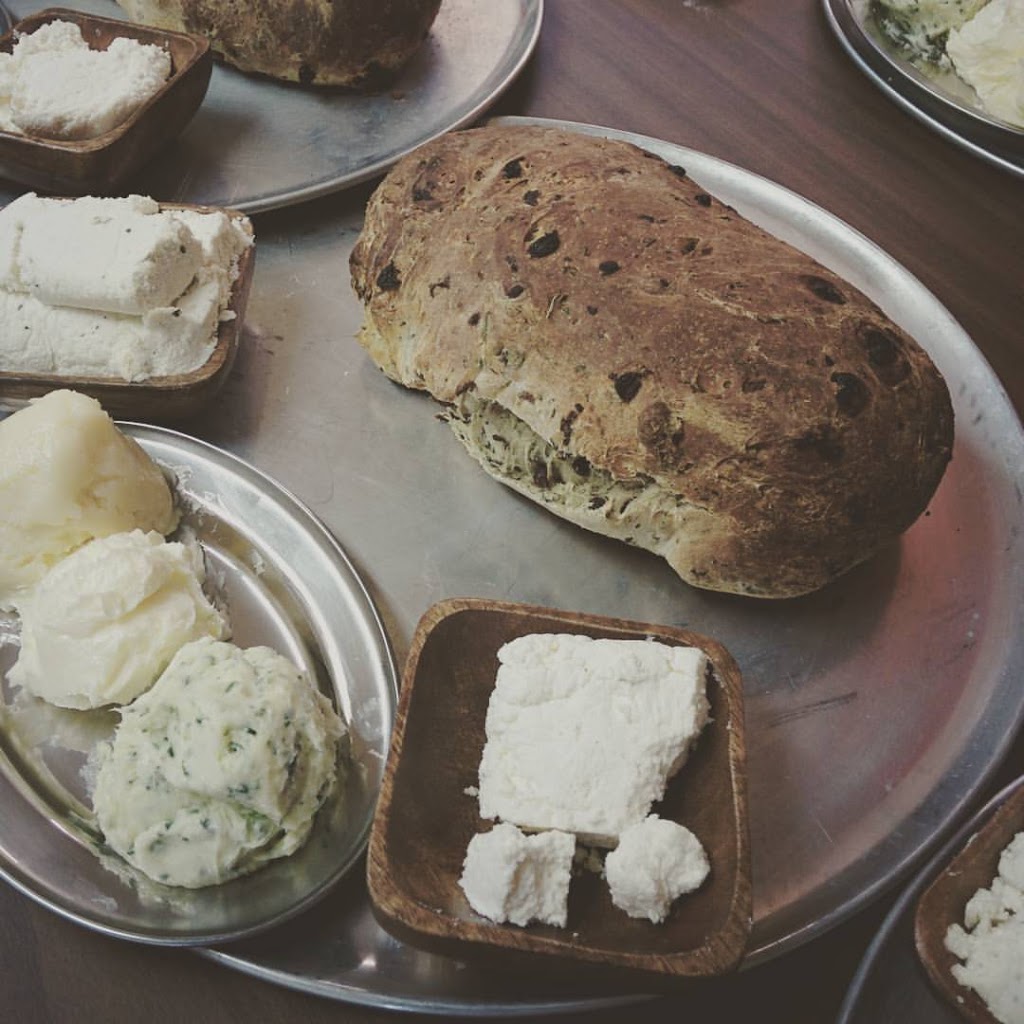
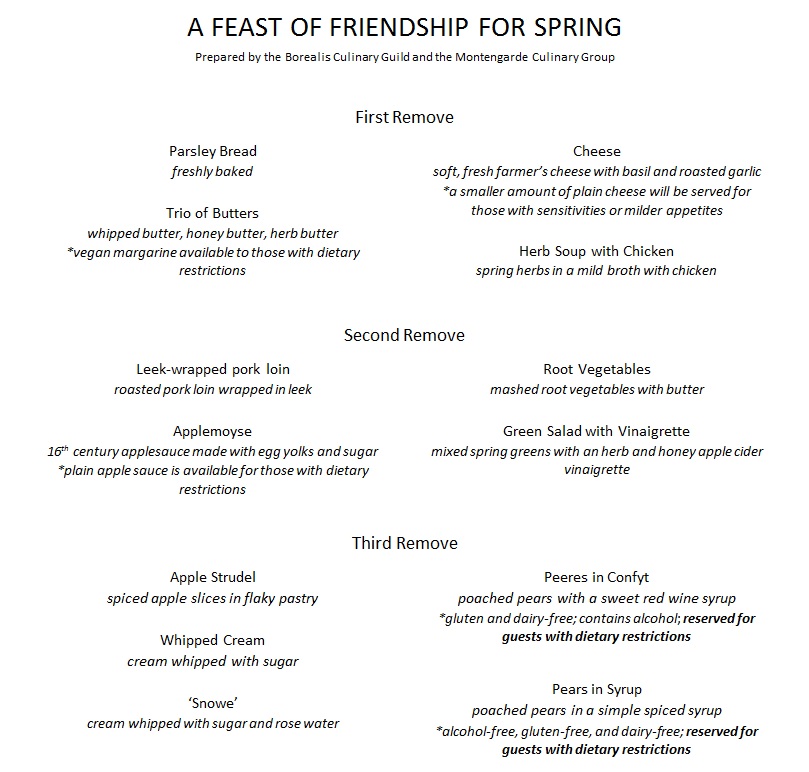

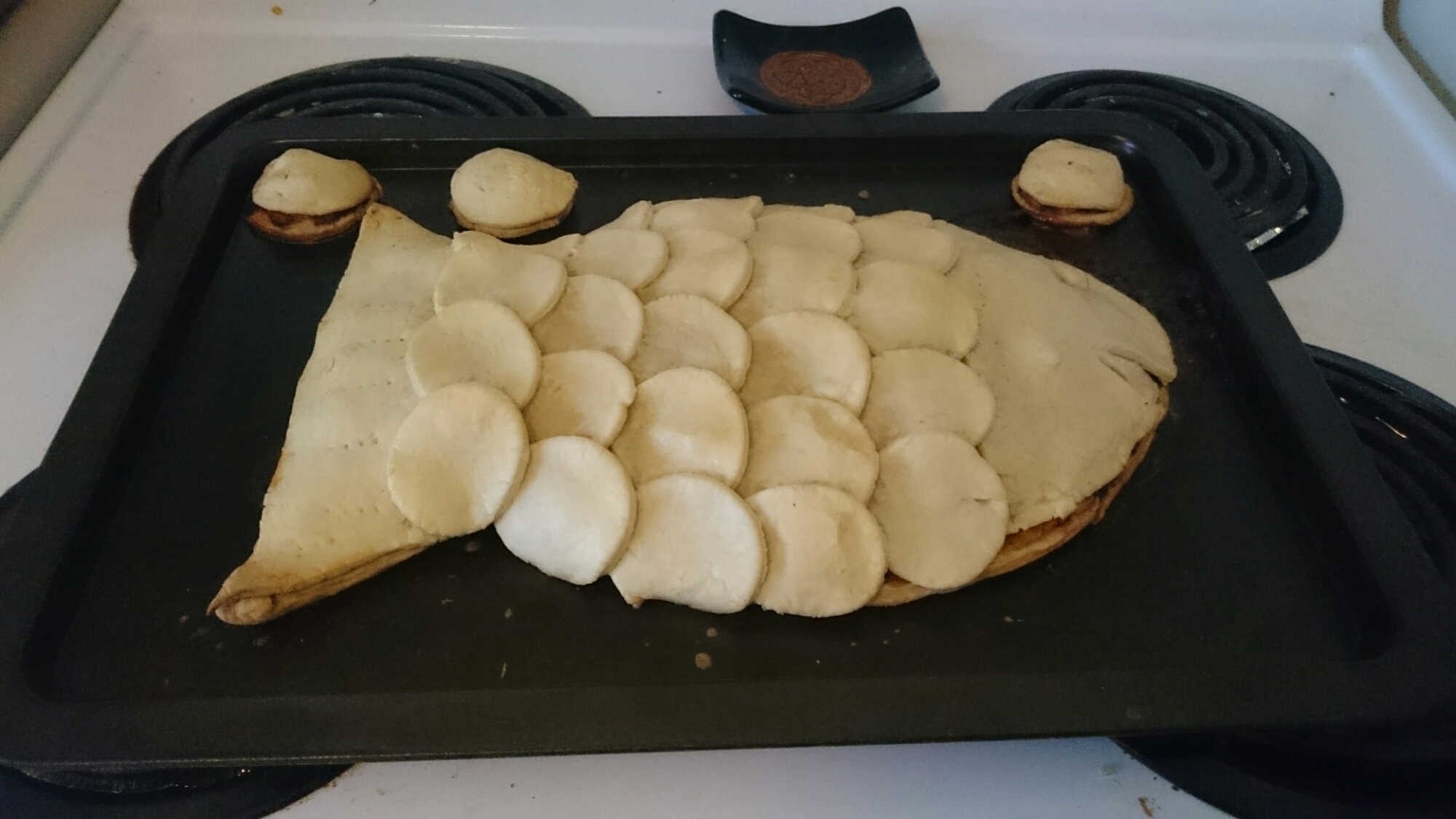

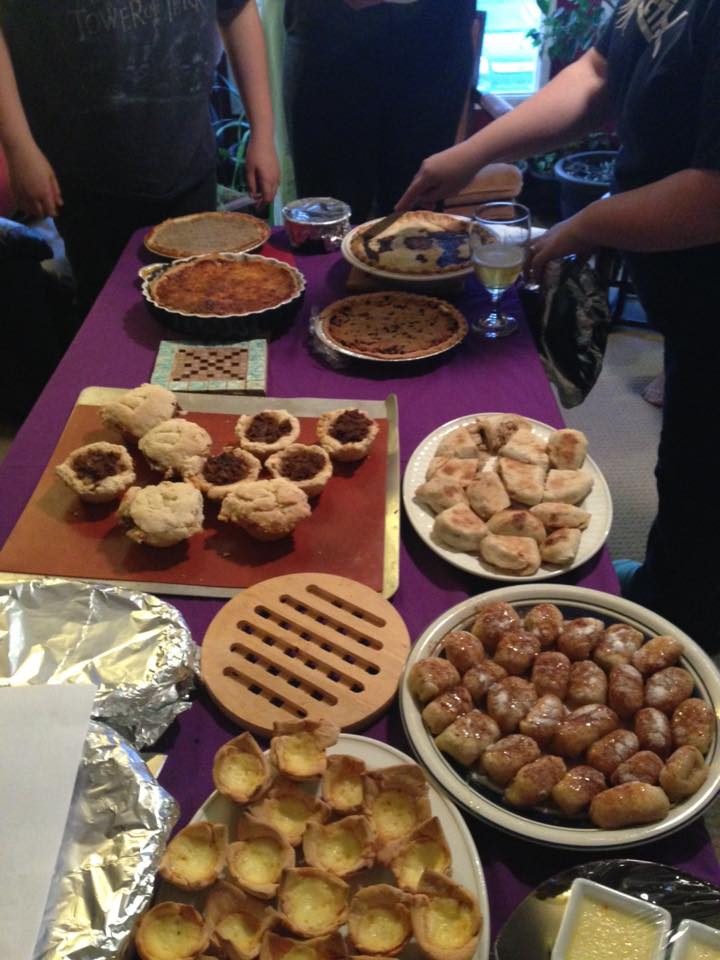
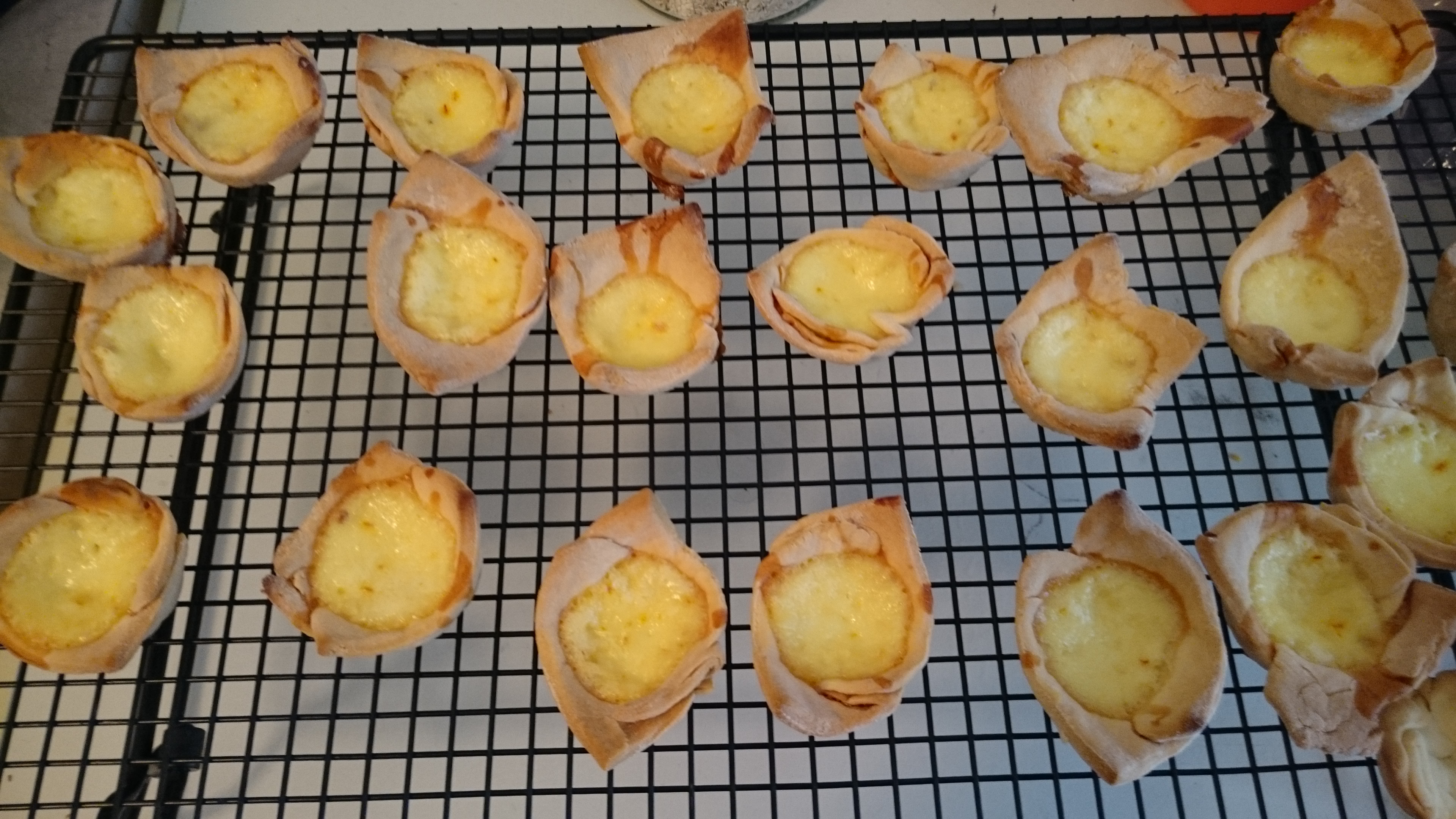
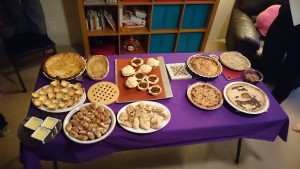
You must be logged in to post a comment.